EarthCARE satellite to launch with advanced climate instruments
Tuesday, 16 April 2024 15:43 Scheduled for a May launch, the EarthCARE satellite is equipped with four advanced instruments aimed at studying Earth's clouds and their impact on climate. This joint effort by Airbus, the European Space Agency (ESA), and the Japan Aerospace Exploration Agency (JAXA) seeks to deepen our understanding of climate dynamics and temperature regulation via cloud behavior.
Maximilian Sauer, Eart
Scheduled for a May launch, the EarthCARE satellite is equipped with four advanced instruments aimed at studying Earth's clouds and their impact on climate. This joint effort by Airbus, the European Space Agency (ESA), and the Japan Aerospace Exploration Agency (JAXA) seeks to deepen our understanding of climate dynamics and temperature regulation via cloud behavior.
Maximilian Sauer, Eart Satellite Studies Reveal Isolated Convection Patterns Over Tibetan Plateau
Tuesday, 16 April 2024 15:43 The Tibetan Plateau, noted for its unique thermodynamic environment, hosts frequent deep convection activities. Recent studies by Dr. Ying Na of Wuxi University and Dr. Chaofan Li of the Institute of Atmospheric Physics, Chinese Academy of Sciences, have shifted focus from commonly observed mesoscale convective systems to isolated deep convection (IDC) phenomena in the region. Their research, co
The Tibetan Plateau, noted for its unique thermodynamic environment, hosts frequent deep convection activities. Recent studies by Dr. Ying Na of Wuxi University and Dr. Chaofan Li of the Institute of Atmospheric Physics, Chinese Academy of Sciences, have shifted focus from commonly observed mesoscale convective systems to isolated deep convection (IDC) phenomena in the region. Their research, co NASA's New Satellite Unveils First Data on Ocean Health and Climate Change
Tuesday, 16 April 2024 15:43 NASA's newest Earth-observing satellite, the Plankton, Aerosol, Cloud, ocean Ecosystem (PACE), has begun distributing science-quality data essential for studying ocean health, air quality, and climate change effects. Launched on February 8, PACE underwent extensive in-orbit testing to ensure its instruments function correctly. The public can now access this data through the dedicated portal.
NASA's newest Earth-observing satellite, the Plankton, Aerosol, Cloud, ocean Ecosystem (PACE), has begun distributing science-quality data essential for studying ocean health, air quality, and climate change effects. Launched on February 8, PACE underwent extensive in-orbit testing to ensure its instruments function correctly. The public can now access this data through the dedicated portal. SSTL to lead AquaWatch-AUK under UK-Australia space collaboration
Tuesday, 16 April 2024 15:43 Surrey Satellite Technology Ltd (SSTL) has been chosen by the UK Space Agency (UKSA) and Australian Space Agency (ASA) to spearhead AquaWatch-AUK, a collaborative water-focused space initiative.
AquaWatch-AUK consists of a set of activities designed to enhance water quality monitoring and facilitate better management of vital water resources. This initiative, part of the International Bila
Surrey Satellite Technology Ltd (SSTL) has been chosen by the UK Space Agency (UKSA) and Australian Space Agency (ASA) to spearhead AquaWatch-AUK, a collaborative water-focused space initiative.
AquaWatch-AUK consists of a set of activities designed to enhance water quality monitoring and facilitate better management of vital water resources. This initiative, part of the International Bila RTX Satellite Launch Aids in Global Methane Emission Reduction Efforts
Tuesday, 16 April 2024 15:43 Blue Canyon Technologies, a subsidiary of RTX and small satellite manufacturer, recently announced the successful deployment of the MethaneSAT satellite. This initiative marks the first instance a satellite funded by a nonprofit, the Environmental Defense Fund's MethaneSAT LLC, has been launched to enhance the monitoring and reduction of methane emissions, a significant contributor to global war
Blue Canyon Technologies, a subsidiary of RTX and small satellite manufacturer, recently announced the successful deployment of the MethaneSAT satellite. This initiative marks the first instance a satellite funded by a nonprofit, the Environmental Defense Fund's MethaneSAT LLC, has been launched to enhance the monitoring and reduction of methane emissions, a significant contributor to global war Citizen science project classifying gamma-ray bursts
Tuesday, 16 April 2024 15:30
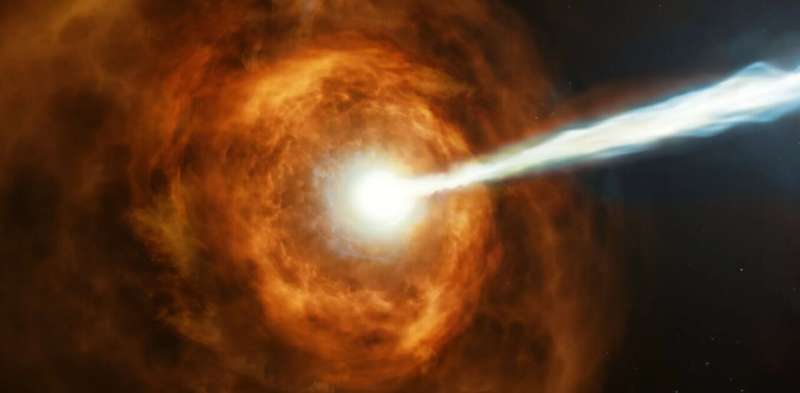
When faraway stars explode, they send out flashes of energy called gamma-ray bursts that are bright enough that telescopes back on Earth can detect them. Studying these pulses, which can also come from mergers of some exotic astronomical objects such as black holes and neutron stars, can help astronomers like me understand the history of the universe.
Space telescopes detect on average one gamma-ray burst per day, adding to thousands of bursts detected throughout the years, and a community of volunteers are making research into these bursts possible.
On Nov. 20, 2004, NASA launched the Neil Gehrels Swift Observatory, also known as Swift. Swift is a multiwavelength space telescope that scientists are using to find out more about these mysterious gamma-ray flashes from the universe.
Gamma-ray bursts usually last for only a very short time, from a few seconds to a few minutes, and the majority of their emission is in the form of gamma rays, which are part of the light spectrum that our eyes cannot see.
Space exploration: A luxury or a necessity?
Tuesday, 16 April 2024 14:51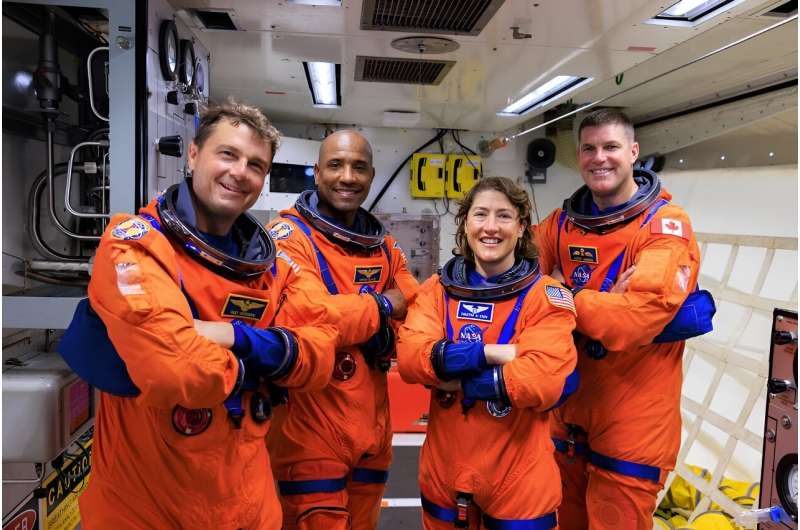
"Oh, come on Daniel, space travel is so expensive, and pointless!" These were the words of my friend Max, during a Christmas party where I was discussing my thesis project: studying places on Earth where the living conditions are so extreme, they could hold lessons for future space missions.
Ariane 6 launches: is it a plane? Aircraft spotting with ISTSat
Tuesday, 16 April 2024 12:23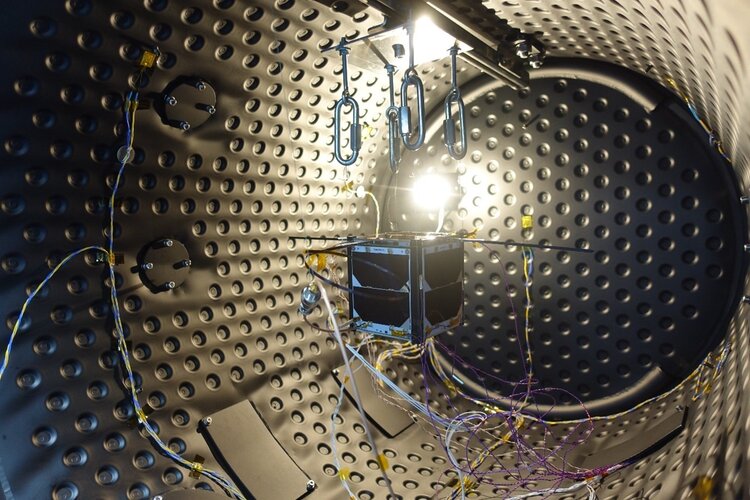
Six mind-blowing facts about Galileo
Tuesday, 16 April 2024 10:40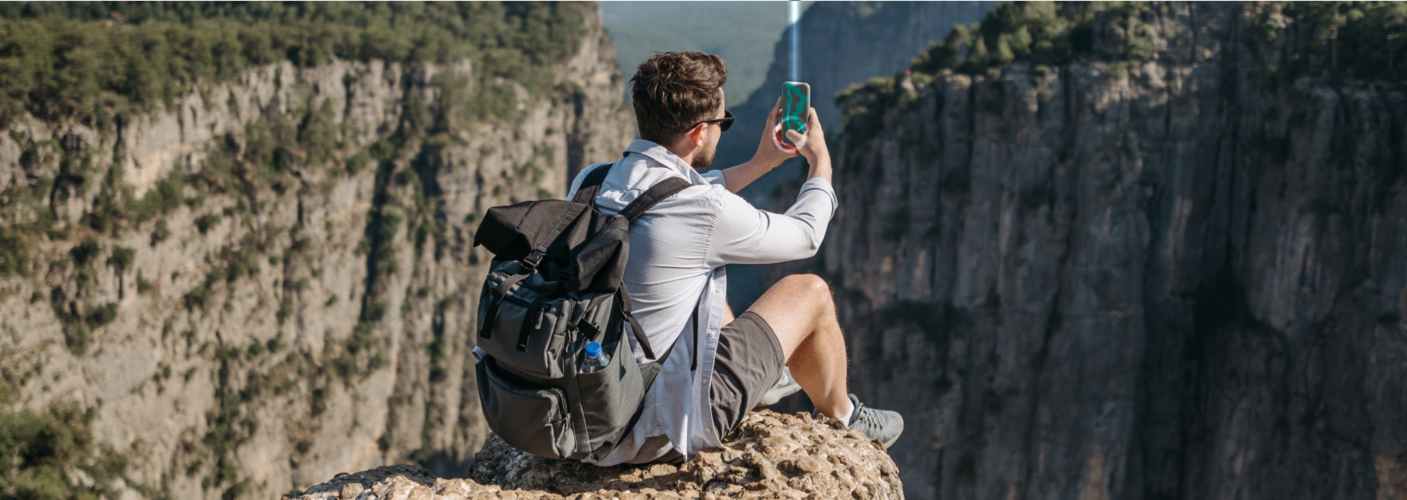
Did you know Galileo was born in the Netherlands in the 1990s? Europe’s own global navigation satellite system was developed in ESA’s technological heart, ESTEC, in Noordwijk, almost three decades ago. Since then, it has grown to become one of the most complex and critical infrastructures ever built in Europe, as well as the largest European satellite constellation and ground segment.
Supporting the future of Mars exploration with supercomputers
Tuesday, 16 April 2024 07:21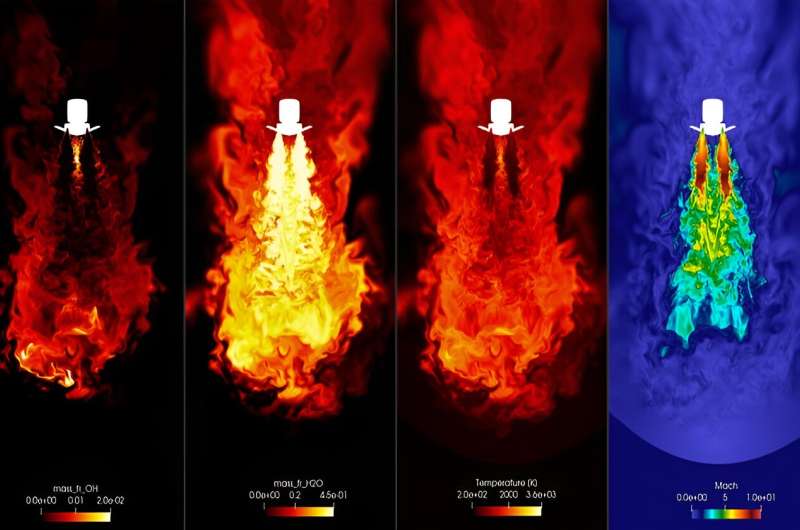
You may have flown a flight simulator in a computer game or at a science museum. Landing without crashing is always the hardest part. But that's nothing compared to the challenge that engineers are facing to develop a flight simulation of the very large vehicles necessary for humans to explore the surface of Mars. The Red Planet poses innumerable challenges to astronauts, not the least of which is getting there.
NASA confirms mystery object that crashed through roof of Florida home came from space station
Tuesday, 16 April 2024 07:12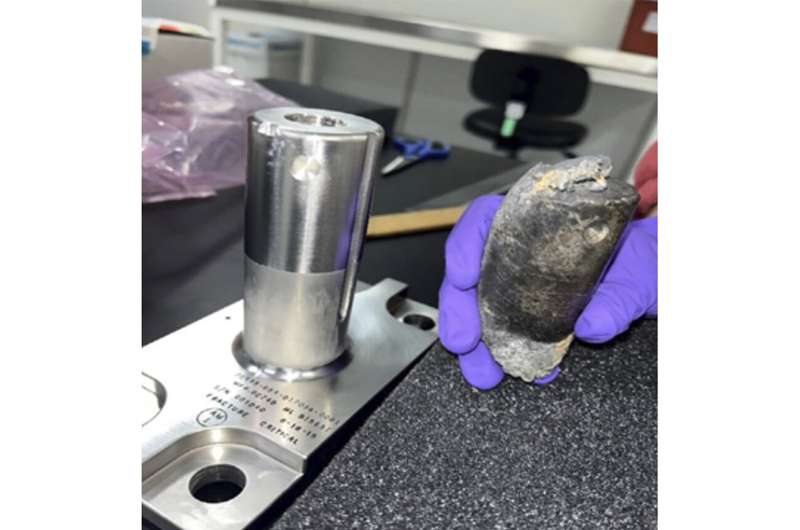
NASA confirmed Monday that a mystery object that crashed through the roof of a Florida home last month was a chunk of space junk from equipment discarded at the International Space Station.









